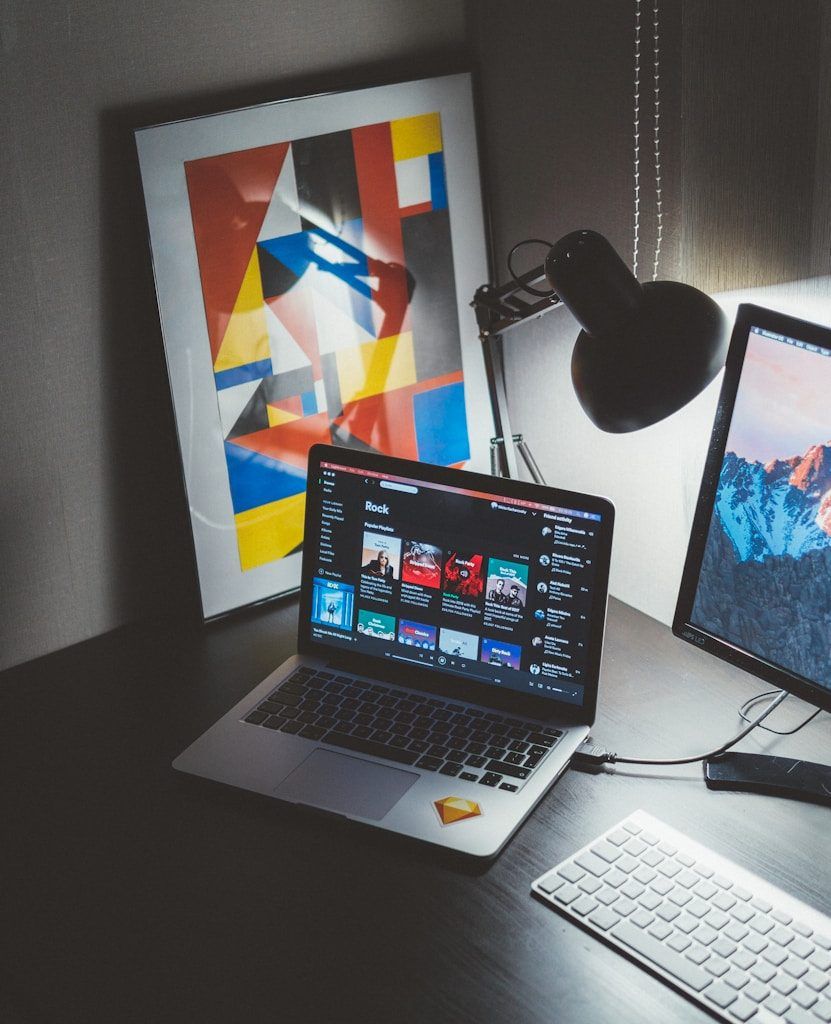Are you an artist dreaming of sharing your music with the world? If so, Spotify distribution is a must-have tool in your career toolkit. Spotify, one of the leading music streaming platforms globally, connects artists directly to millions of listeners every day. Whether you’re a solo musician, a band, or a producer, getting your tracks on Spotify can elevate your career to new heights.
This guide will walk you through everything you need to know about Spotify distribution. We’ll simplify the process, demystify the jargon, and provide actionable tips so you can focus on what matters most – making great music.
What Is Spotify Distribution?
In simple terms, Spotify distribution is the process of making your music available on Spotify for listeners worldwide. It involves uploading your tracks to Spotify through a distribution platform. These platforms act as intermediaries, ensuring your music gets listed on Spotify and other streaming services.
Why is this important? Because Spotify is one of the most popular music streaming services, with over 500 million active users globally. By distributing your music on Spotify, you can reach a vast audience and potentially grow your fanbase significantly.
Why Should You Use Spotify Distribution?
1. Reach a Global Audience
Spotify gives you the chance to showcase your music to listeners from every corner of the globe. Imagine someone in Japan vibing to your track while someone in Brazil adds it to their playlist. That’s the power of global reach!
2. Professional Exposure
Having your music on Spotify signals professionalism. It shows you’re serious about your craft, making it easier to connect with industry professionals like labels, agents, and managers.
3. Monetization Opportunities
Spotify distribution also allows you to earn royalties every time someone streams your music. With consistent plays, this can become a significant source of income for artists.
How to Get Your Music on Spotify
Here’s a step-by-step breakdown of how you can start distributing your music on Spotify.
Step 1: Choose a Distribution Service
Spotify doesn’t let artists upload tracks directly. You need a distribution service like DistroKid, TuneCore, or CD Baby to upload your music. These services handle the technical and legal aspects of getting your music on Spotify.
Step 2: Create Your Account
Sign up on your chosen distribution platform. Fill in the necessary details, including your artist name, genre, and other relevant information.
Step 3: Upload Your Music
Make sure your music files meet the platform’s requirements. Most distributors accept high-quality MP3 or WAV files.
Step 4: Add Metadata
Metadata includes details like song title, album name, release date, and artist credits. Accurate metadata ensures your music is properly displayed on Spotify.
Step 5: Select Streaming Platforms
Most distribution services allow you to choose which platforms to release your music on. Be sure to include Spotify in your selection.
Step 6: Pay the Distribution Fee
Depending on the platform, you may need to pay a one-time or annual fee to distribute your music.
Step 7: Wait for Approval
Once submitted, it usually takes a few days to a couple of weeks for your music to go live on Spotify. Use this time to plan your promotion strategy.
Promoting Your Music on Spotify
Getting your music on Spotify is just the first step. To truly benefit from Spotify distribution, you need to promote your tracks effectively.
1. Optimize Your Spotify Profile
Your profile is your digital identity on Spotify. Add a professional artist bio, upload high-quality images, and link your social media accounts.
2. Create Playlists
Playlists are a powerful tool on Spotify. Create themed playlists that include your tracks along with similar songs to attract listeners.
3. Pitch to Spotify’s Editorial Team
Spotify allows artists to pitch unreleased tracks to their editorial team for playlist consideration. Getting featured on a curated playlist can skyrocket your streams.
Share your Spotify links on platforms like Instagram, TikTok, and Twitter. Engaging posts and short videos can drive traffic to your music.
5. Collaborate with Other Artists
Collaboration is a great way to expand your audience. Work with other artists and cross-promote each other’s music.
Common Challenges in Spotify Distribution (and How to Overcome Them)
1. Low Initial Streams
It’s normal to have fewer streams when you start. Be patient and focus on consistent promotion to build momentum.
2. Metadata Errors
Incorrect metadata can delay your release. Double-check all details before submission to avoid issues.
3. Competition
The music industry is competitive, but don’t let that discourage you. Focus on creating unique music and connecting with your audience.
For further reading, explore these related articles:
For additional resources on music marketing and distribution, visit DMT Records Private Limited.






